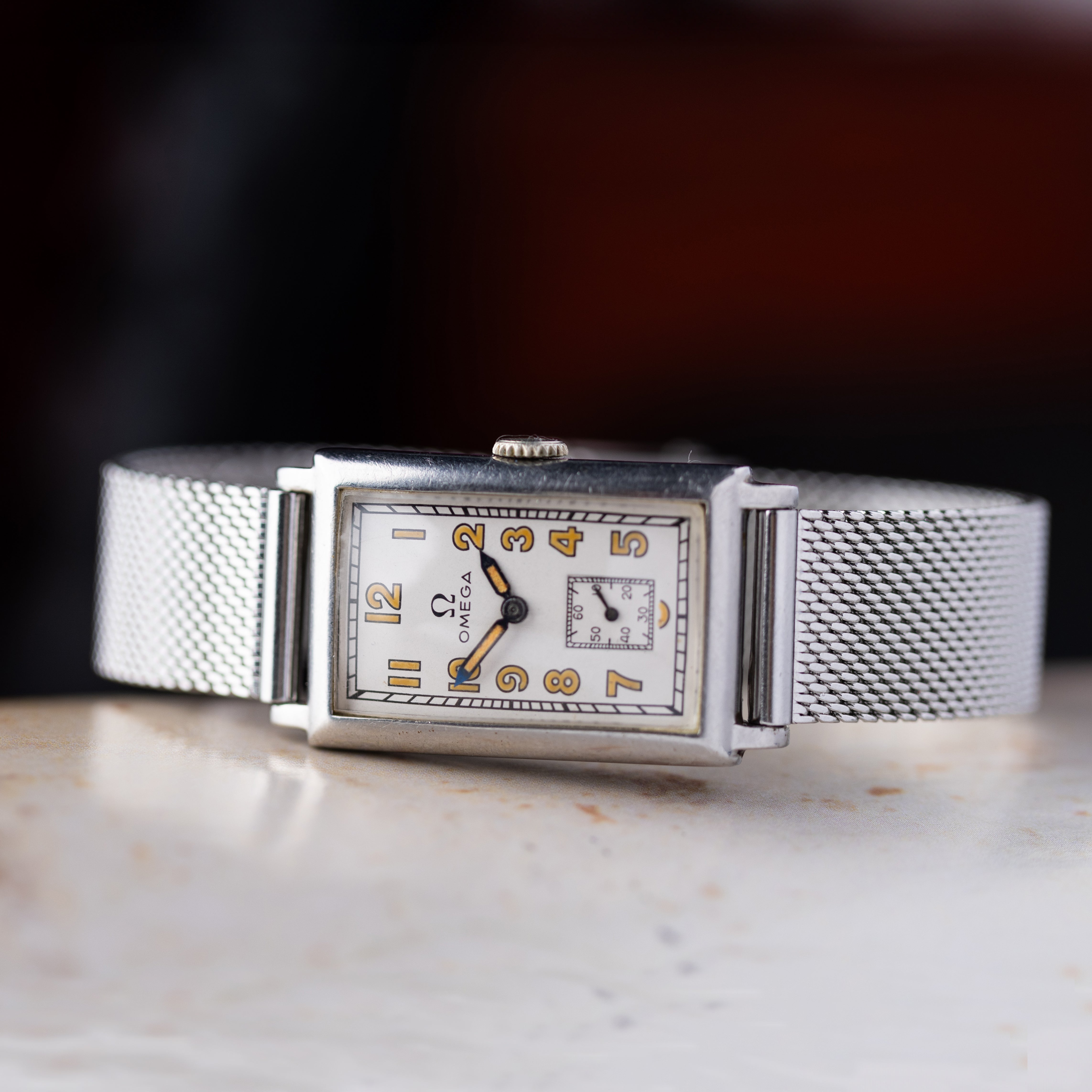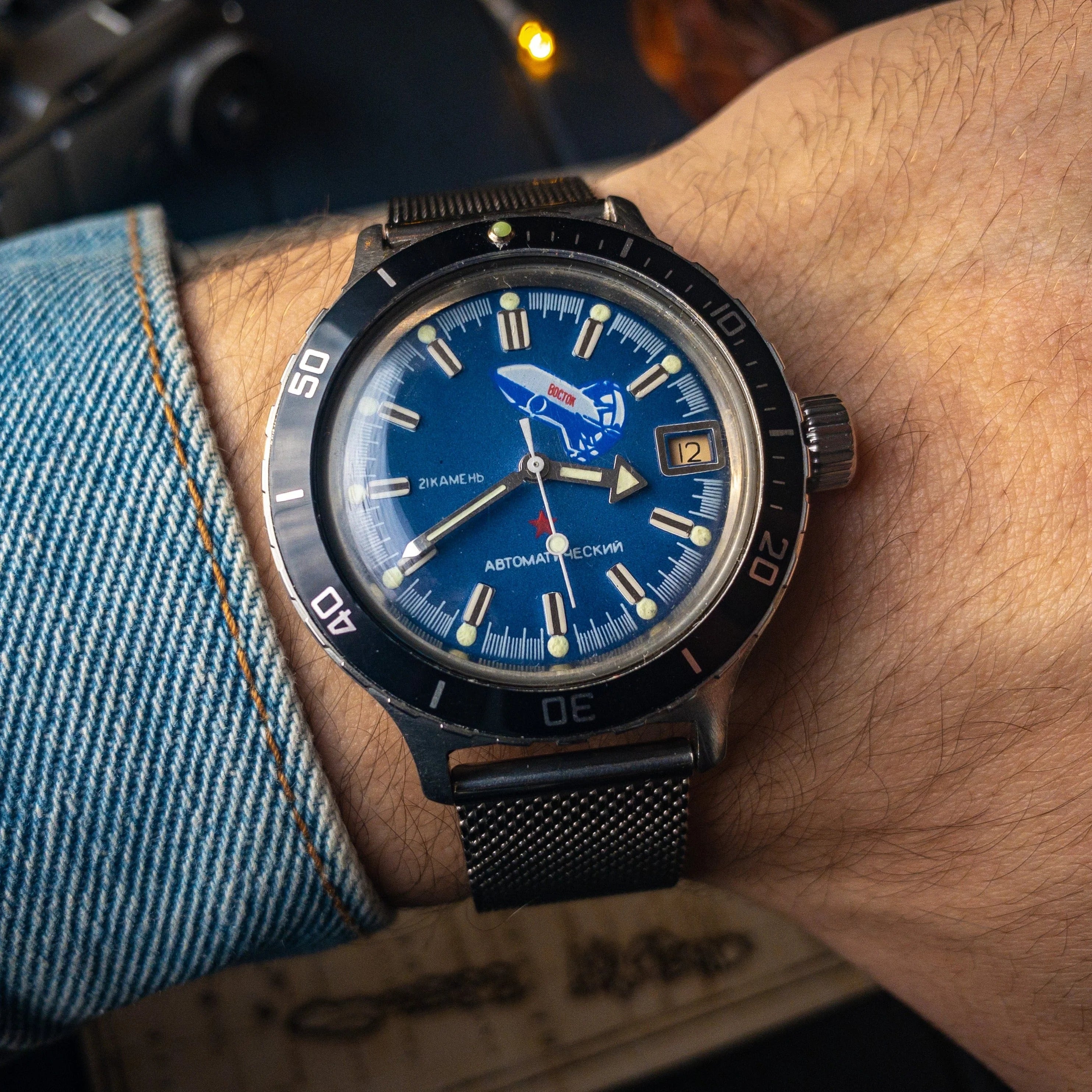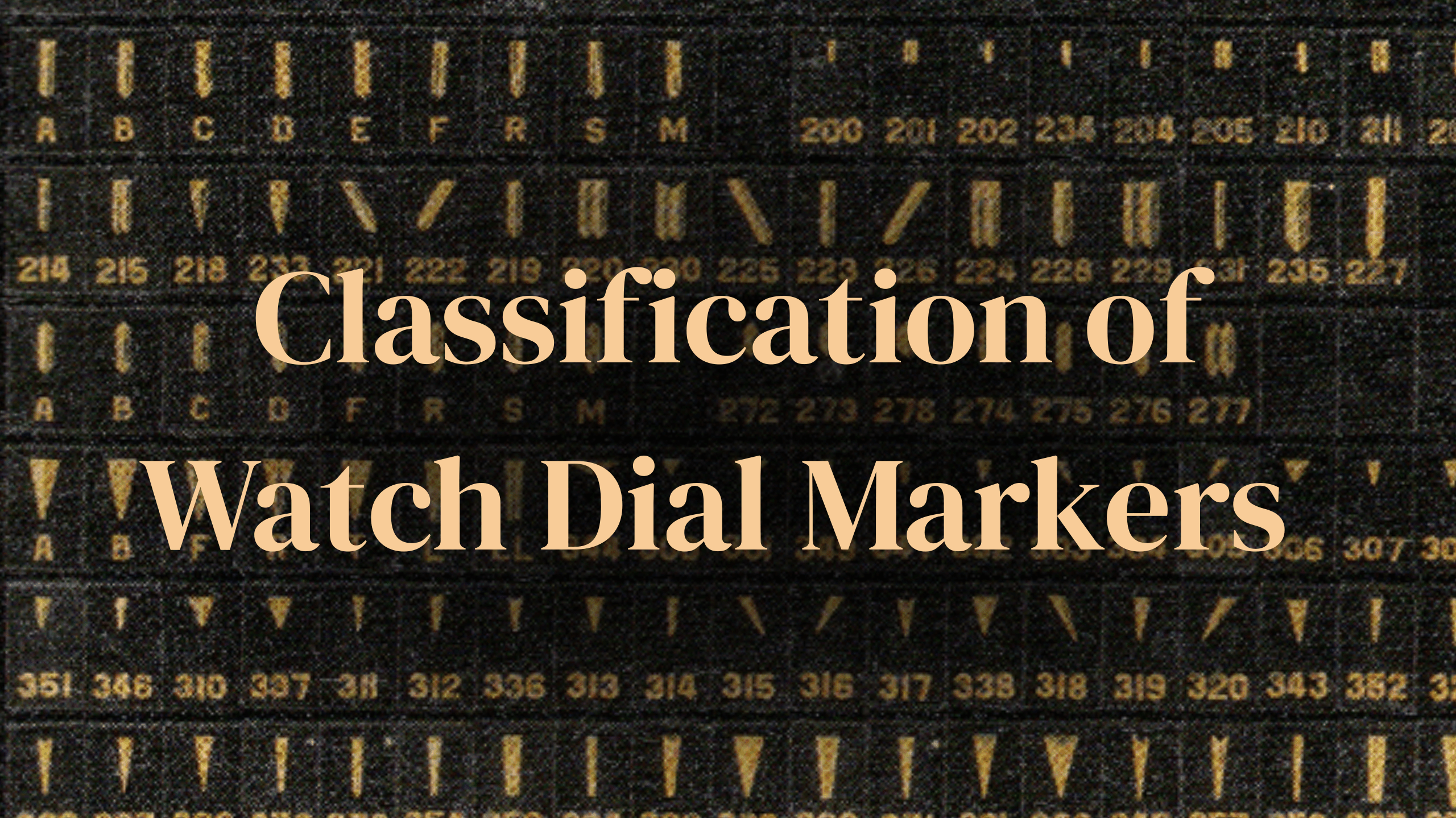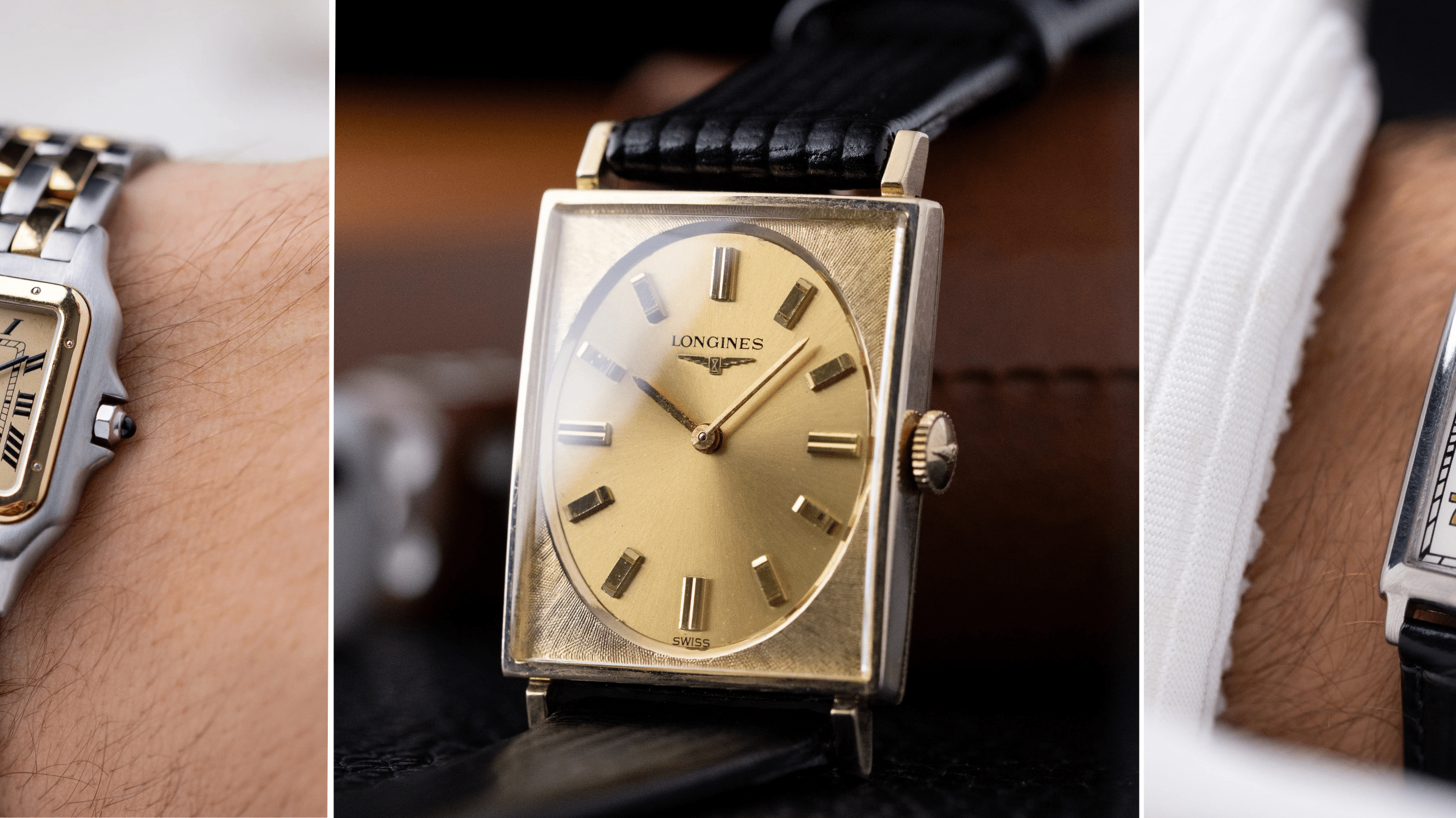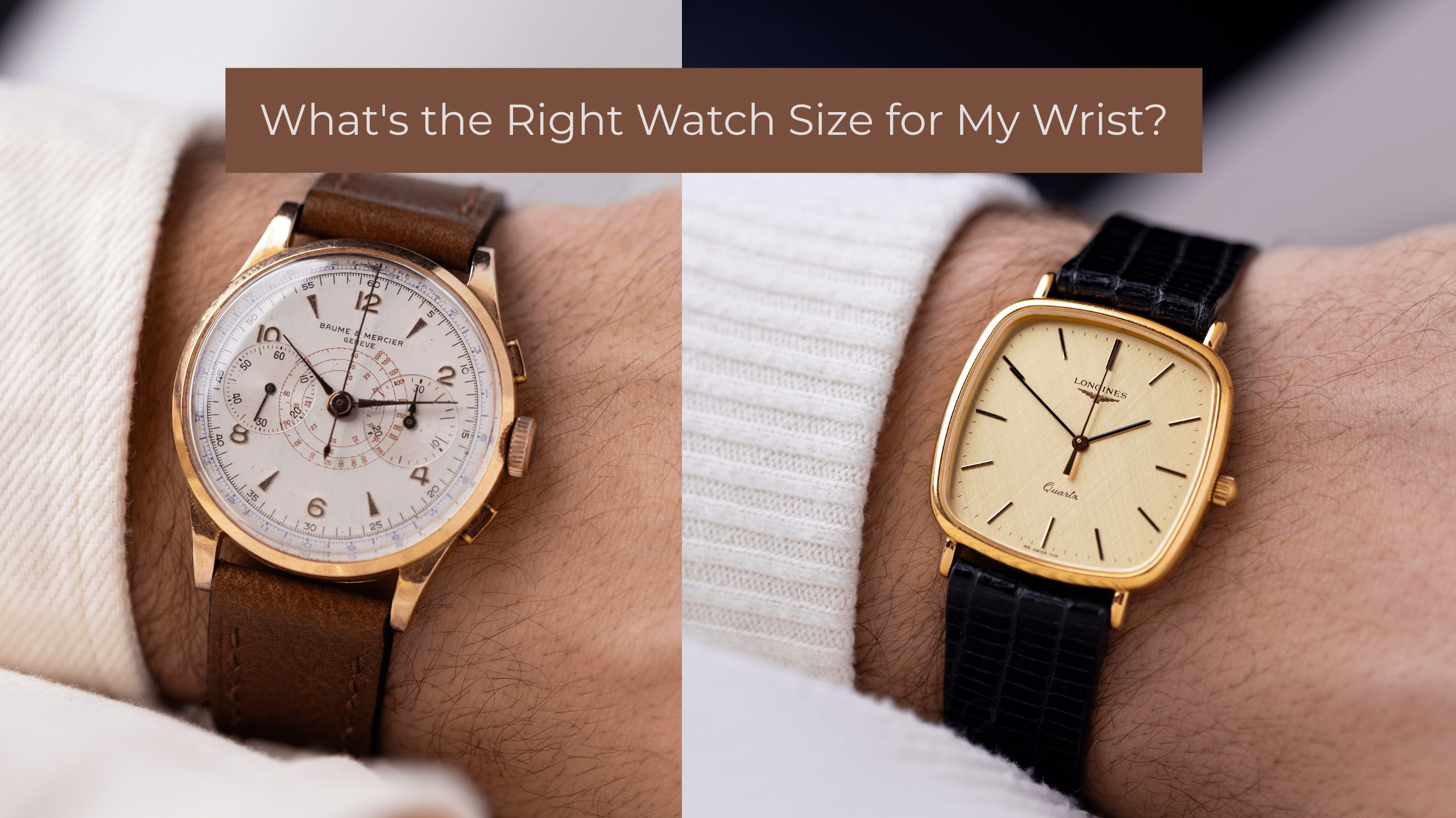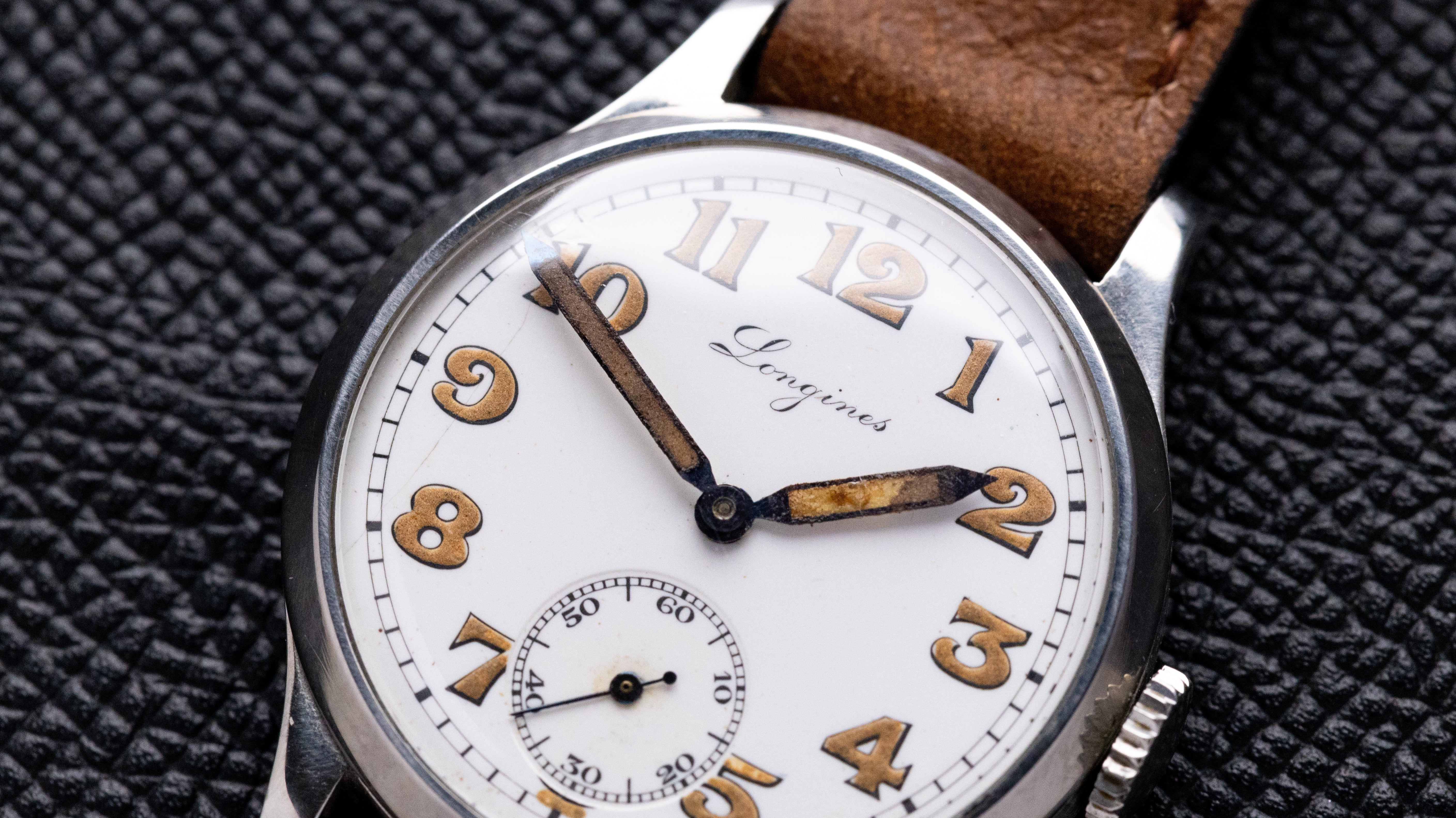Delving into the realm of horology, the 20th century stands out as a defining epoch in the evolution of watches. This century, marked by significant technological advancements and socio-cultural shifts, witnessed the transformation of watches from mere timekeeping devices to symbols of style, status, and innovation.
Early 20th Century: The Pocket Watch Era
In the early 1900s, pocket watches reigned supreme, embodying elegance and personal style. Artisans of renown, such as Patek Philippe and Vacheron Constantin, crafted intricate designs that were more than mere timekeeping instruments. A pocket watch was a statement of individuality, a beacon of refinement.
The advent of the railroad industry played a crucial role in pocket watch design. The infamous Kipton Train Collision in 1891 underscored the need for precise timekeeping. As a result, the railroad-grade pocket watch, a paragon of accuracy, was born. These timepieces were stringent adherents to the Railroad Timekeeping Standards, ensuring that no two trains ran on the same track at the same time.
Simultaneously, the rise of wristwatches was quietly brewing. In the midst of a society dominated by pocket watches, the wristwatch was initially viewed as a feminine accessory. However, during the Boer War in the late 1890s, soldiers began using wristwatches, recognizing their practicality in warfare.
Despite this shift, the early 20th century remained the age of pocket watches. Collectors and horology enthusiasts today still marvel at the exquisite craftsmanship of these timepieces. Indeed, the pocket watch era laid a robust foundation for the innovations in timekeeping that the 20th century would bring.
Mid 20th Century: The Advent of Wristwatches
The transition from pocket to wristwatches marked a defining phase in horological history. World War I significantly accelerated this shift. Wristwatches, with their hands-free utility, proved invaluable on the battlefield. Soldiers needed to synchronize maneuvers without fumbling for pocket watches. Post-war, wristwatches were no longer seen as feminine, but as tools of precision and reliability.
During this period, Rolex emerged as a prominent player. Their Oyster model, introduced in 1926, boasted a groundbreaking feature: water resistance. Its ingenious case design offered protection from moisture and dust, enhancing the watch's durability.
By mid-century, wristwatches had become mainstream. The advent of automatic movements, such as Rolex's Perpetual rotor, further boosted their popularity. The industry witnessed a horological milestone when Omega's Speedmaster chronograph was chosen by NASA for the Apollo moon missions.
Soviet watches
The Soviet Union also played a noteworthy role in 20th-century horology. In 1930, the First Moscow Watch Factory was established, producing the USSR's first domestic wristwatches under the brand "Pobeda" (Victory). During the Cold War era, watchmaking was considered a strategic industry. This led to the creation of iconic brands such as Raketa and Vostok. The Vostok Amphibia, a dive watch designed for the Soviet Navy, is particularly renowned for its durability and unique pressure-sealing mechanism.

Despite the limitations of the centrally planned economy, Soviet watchmakers demonstrated commendable ingenuity, producing robust, reliable timepieces under challenging conditions. These watches, while perhaps lacking the refinement of their Swiss counterparts, are valued by collectors today for their historic significance and embodiment of the Soviet spirit.
Late 20th Century: The Age of Quartz Watches and Digital Timepieces
The quartz revolution of the 1970s dramatically altered the watchmaking landscape. Quartz watches, characterized by their superior accuracy and affordability, challenged the dominance of mechanical timepieces. The Seiko Astron, the world's first quartz wristwatch, represented this transformative era.
Quartz watches offered a level of precision that mechanical watches couldn't match. Moreover, their reduced complexity meant lower production costs, making timepieces accessible to a broader demographic. Traditional Swiss watchmakers grappled with this 'quartz crisis,' struggling to compete with their Japanese counterparts.
In the wake of the quartz revolution, digital watches arrived on the scene. Pulsar, a Hamilton Watch Company brand, launched the world's first digital watch in 1972. This timepiece, with its futuristic LED display, captured the public's imagination.
The advent of digital watches further underscored the shift from watches as mechanical marvels to electronic gadgets. Despite initial resistance, they gradually gained acceptance, marking a new chapter in horology's narrative. The 20th century ended with a diverse watch landscape, teeming with mechanical, quartz, and digital timepieces, each with its unique charm and appeal.
Conclusion: The Enduring Legacy of 20th Century Watches
The 20th century's horological journey underscores the remarkable evolution of timekeeping. From the elegance of pocket watches to the practicality of wristwatches, and finally to the precision of quartz and digital timepieces, each era left an indelible mark. The century also witnessed a fascinating geopolitical facet to watchmaking, with entities like the Soviet Union making their unique contributions.
Today, we can appreciate the technological leaps made during this transformative period. The quartz crisis, initially perceived as a threat, eventually stimulated mechanical watchmakers to strive for greater innovation and excellence. Meanwhile, digital watches paved the way for today's smartwatches, epitomizing the blend of technology and style.
As we continue our horological journey into the 21st century, we carry with us the enduring legacy of the 20th century's watchmaking achievements, a testament to human ingenuity and our timeless fascination with time itself.

